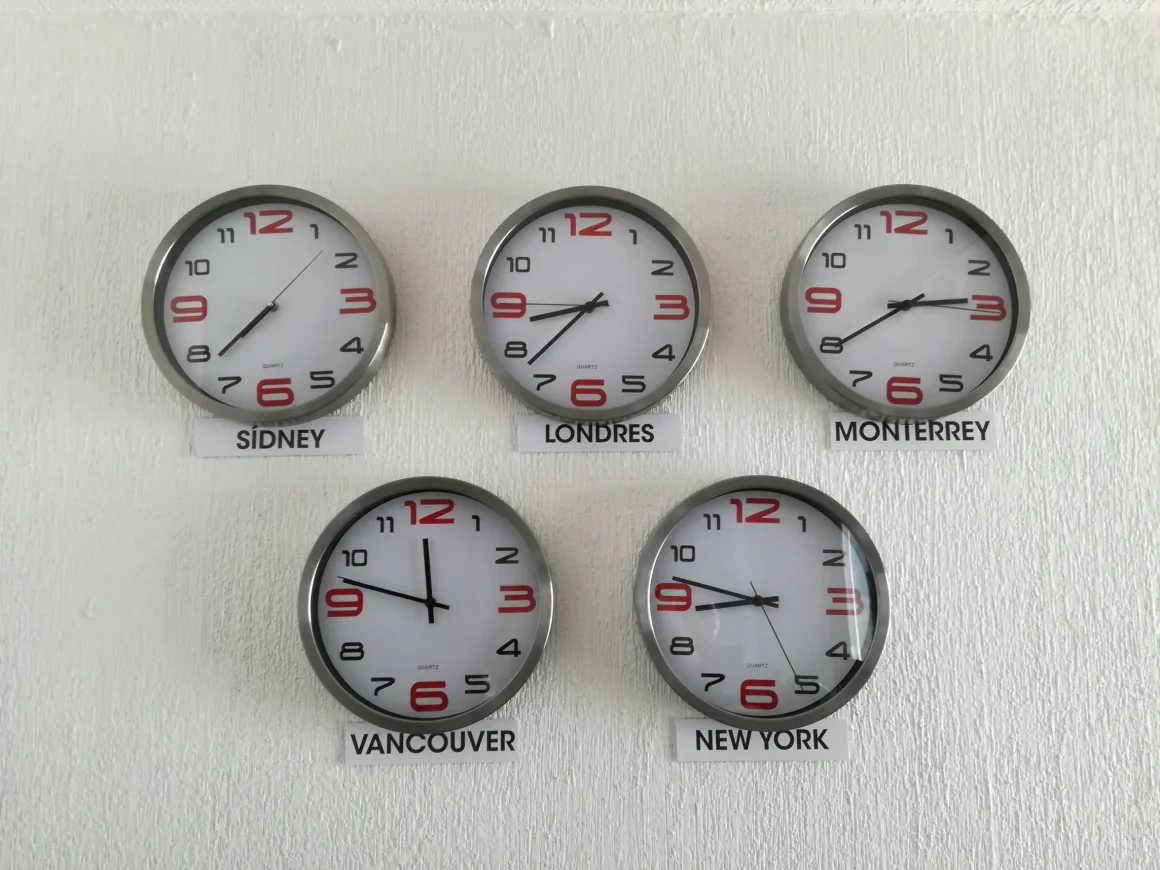A great product, as you and I know, doesn’t guarantee a company’s survival. In fact, I can tell you that tech startups operate in the single riskiest corner of the entrepreneurial universe. Embroker reports that the failure rate for tech ventures sits at 63%. Add the dream of crossing borders, and the odds tighten even further: only 1.5% of startups worldwide ever reach an exit above 50 million dollars, and the ones that pull it off usually unlock international revenue early on – a point underscored by Startup Genome’s research on global scale-ups.
When I combine those statistics with what I witnessed daily across Canada’s startup ecosystem, the implication is crystal clear: global expansion is no longer an optional “nice to have”. It is one of the most reliable catalysts for valuation, fundraising leverage, and long-term relevance.
Still, that word “global” feels expensive, doesn’t it? I used to think that too. Growing up in a family business, my mental image of expansion included ocean freight, embassy paperwork, and bank guarantees. Years later, after helping more than a thousand early-stage founders test new geographies, I know that the cost barrier is largely a myth.
You can take your first international steps without burning through your runway, provided you follow the right sequence, obsess over evidence instead of emotion, and leverage a toolkit that governments, accelerators, and distributed work have quietly made affordable.
1. Pilot Where the Pain Is Sharpest – Not Where the GDP Is Largest

Whenever you sit in a strategy meeting and someone says, “We should go after the biggest market,” please pause and ask a more nuanced question: “Where is the problem we solve felt most acutely right now?” I’ve watched too many Canadian founders default to the United States simply because of size and proximity, only to discover that procurement cycles are lengthier, competition fiercer, and budgets tighter than they expected. Meanwhile, a niche cluster in the Netherlands or Singapore is often waving cash in their direction.
In my experience, the easiest way to figure out whether a foreign market deserves attention is to look for three signals.
- Examine hard data for spontaneous pull: maybe you notice that 10% of sign-ups on your freemium SaaS plan come from Benelux IP addresses, or perhaps a procurement manager in Melbourne just requested a compliance document.
- Audit your internal readiness. Do you have bandwidth to answer support tickets across time zones without derailing domestic momentum?
- Validate market fit through direct conversations: spend a week listening to potential users on Zoom rather than building elaborate slide decks.
When all three signals line up, run a mini-pilot.
And keep in mind that early international exposure is itself a growth asset. KTH Royal Institute of Technology researchers have documented how “born-global” startups cultivate cultural sensitivity and thought diversity early, enhancing their innovative edge. In other words, that small pilot is simultaneously a revenue experiment and a leadership-development bootcamp for your team.
2. Step Into “Bridge Markets” to De-Risk Your Leap

I often tell first-time founders that you don’t need to storm the beaches of a superpower to call yourself global. Choose a “bridge market” that shares enough DNA with your home base to keep friction low while still broadening your addressable segment.
For Canadian startups, I usually recommend four springboards: the Netherlands, Singapore, Australia, and Germany.
Netherlands – an exceptional launchpad for B2B SaaS and climate tech companies, with its highly connected ecosystem, English proficiency, and a progressive regulatory environment that actively supports digital innovation and sustainable technologies.
Singapore – recognized as the ultimate gateway to the Asia-Pacific region, particularly for startups in fintech, deep tech, and enterprise sales.
Australia – offers a compelling fit for healthtech and edtech startups. Its world-class healthcare and education systems create fertile ground for innovation, while the government’s proactive stance on tech adoption enables quick validation and early customer traction.

Germany – strategically positioned for startups focused on industrial tech and manufacturing innovation.
But it all comes down to sequence & strategy. Your approach to entering new markets can stay simple. Start by joining subsidized trade missions. Next, try out digital sandboxes offered by regulators in places like Singapore or the UK. This lets you test your API with anonymized banking data, no need to set up a local company. Finally, instead of hiring a full-time manager, bring on a part-time local sales consultant for three months.
Be honest about the learning curve. Rapid internationalization can sometimes slow short-term growth due to added complexity. Still, companies that ventured abroad early often saw higher long-term sales growth. If you treat your first new market as a learning experience – not just a revenue play – the knowledge you gain can offset any short-term setbacks.
3. Borrow Distribution Before You Buy It
The moment you contemplate landing customers overseas, a paradox emerges: you need proof of traction to afford hiring, but you often need local people to acquire traction.
The workaround I have seen thrive is a partnership-first strategy. Instead of adding headcount prematurely, you piggyback off the relationships, credibility, and regulatory licenses that others have already paid to build.
Startup Accelerators
Local accelerators are my favourite hidden gems here. Programs such as MaRS, DMZ, Techstars usually take a modest equity slice (or sometimes none at all) in exchange for office space, industry connections, market insights and hands-on workshops. Layer on founder communities like TechTO and Peerscale, where the real value comes from candid, behind closed doors peer-to-peer conversations and access to seasoned executives. Accelerators give you structure; these networks give you the raw operator insights and connections you won’t find in any playbook.
Channel Partners
Channel partnerships can work just as well. Offer revenue sharing to value-added resellers who already sell complementary software. Their 20% commission is far cheaper than a European payroll tax, and they often throw in first-line customer support. One caution: you must scope every partnership with ruthless clarity. Ask whether the engagement will accelerate either revenue or learning within 90 days; if not, politely decline. Time is a startup’s most precious currency.
Trade Commissioner Services
Government networks also rank high on my list. Many founders still underestimate how potent a single warm introduction from a trade commissioner in Tokyo or São Paulo can be. Those officials are mandated to help you and will provide local intel that would cost thousands from a Big Four firm.
Remember, distribution is leverage. If you can borrow it first, your cost of capital decreases because investors love capital-efficient traction.
4. Build Remote-First, Then Layer on Culture
You probably don’t need reminding that remote work eliminated many geographical hiring constraints. But I think that founders sometimes misinterpret this shift as a green light to hire anywhere instantly. The smarter move is to treat remote tooling as a flexibility enabler while designing intentional cultural foundation that keeps a distributed team coherent.

Employer-of-Record (EOR) solutions such as Deel or Remote have become the go-to mechanism for testing headcount in a new jurisdiction without opening a legal entity. GoGlobal’s 2024 trend report confirms that startups are doubling down on EOR because compliance nightmares otherwise stall expansion timelines.
In my view, the real beauty of EOR lies in how it lets you treat senior overseas talent like fractional partners.
You should also watch for hidden expenses: VAT registration in the European Union, local cyber-liability insurance in Germany, or foreign-exchange fees on payroll remittances. Talking to a cross-border lawyer early might feel like an annoying extra cost, but believe me, fixing a compliance mistake later is far more expensive.
5. Exploit Free – or Nearly Free – Infrastructure

One of my biggest frustrations is watching founders ignore the reserve of grants, data subscriptions, and matchmaking programs that already exist. Canada happens to offer an exceptionally founder-friendly export ecosystem. Let me outline how I see smart startups stacking these opportunities into a capital-efficient launch sequence.
- Secure a CanExport grant. You can offset up to 50K in eligible international activities: conference booths, IP filings, translation, or travel.
- Lean on the Trade Commissioner Service for warm intros. That single email can bypass nine months of cold outreach.
- Layer on Export Development Canada (EDC) credit insurance; your bank will suddenly view foreign receivables as less risky and might extend your line of credit.
Think about the opportunity cost of leaving such money on the table. The average startup that confines itself to a domestic market raises about 20 million dollars, while its global counterpart pulls 60 million, per Emerald Technology’s analysis. Grants and government tools shorten your journey to that capital by giving you traction evidence without share dilution.
My final note here is simple: assign internal ownership. If no one on your team is accountable for grant deadlines or follow-up emails with trade commissioners, these resources will die in your bookmarks folder. Appoint one person – maybe it’s you, maybe it’s your co-founder – to be the “global toolbox champion.”
Common Mistakes and How To Avoid Them
Every success story I’ve shared has a mirror-image cautionary tale. If I had to distill the top errors into one paragraph, they would be:
- Expanding on fear of missing out instead of data
- Under-localizing products and marketing
- Overcommitting to legal entities before demand is proven
- Glossing over regulatory hurdles like GDPR or HIPAA
- Assuming that what works in Canada magically transfers worldwide.
Each mistake stems from the same root sin – impatience.
To prevent that, anchor every decision to measurable impact. Before you invest in a translation sprint, outline what percentage lift in activation you expect.
Before you agree to an exclusive distribution agreement, set a three-month performance checkpoint. Build a simple governance cadence where you revisit hypotheses every sprint cycle. That kind of disciplined agility is exactly what Emerald Technology researchers found in startups that thrive internationally.
A Twelve-Month Roadmap For Your Global Expansion

Let me show you how the five tactics knit together over a single year.
- During Quarter Zero, map where spontaneous pull exists by inspecting website traffic, C-level LinkedIn requests, or inbound demo calls.
- Quarter One is for exploration: tap a grant, line up a trade mission, and run customer interviews until you can articulate three locally nuanced value propositions.
- Quarter Two is execution light: secure your first paid proof of concept through a channel partner and measure feedback ruthlessly.
- During Quarter Three, convert that proof into a recurring contract, collect testimonials, and prepare investor updates to demonstrate you can replicate success.
- Quarter Four is your decision gate: either deepen the beachhead or rinse and repeat in a second bridge market.
The reason this cadence works is that it blends qualitative learning with quantitative targets.
Each stage has a capital-efficient trigger built in:
- a grant to limit burn
- a pilot to validate fit
- a testimonial to attract capital
- a reflection point to prevent premature scaling.
By the twelfth month, you have either unlocked predictable international revenue or, equally valuable, you have identified disqualifying factors before they torpedo your balance sheet.
A Final Pep Talk
If you take nothing else from this article, remember that scarcity breeds creativity. Your limited budget is not a handicap; it is a forcing function that keeps you laser-focused on signal, not noise.
The most gratifying moment for me is witnessing a founder’s posture shift from “Can we really pull this off?” to “We’re already in motion; what’s next?”
That subtle change radiates to your team, investors, and ecosystem. And because success begets success, your courage will persuade the next generation of founders to think internationally from day one.
About the Author

Megha Kandoi is a startup strategist with over 7 years of experience in operations, capital strategy, and global expansion. She currently leads Community & Membership at TechTO and Peerscale, Canada’s largest tech community and a peer network for scale-up executives, where she builds connections and adds value to top tech leaders. Previously, she supported 1,200+ startups at MaRS Discovery District, helping them refine investment strategies and tackle commercialization challenges. With hands-on experience scaling tech startups across North America, Europe, India, and Australia, Megha brings a global perspective to founder enablement. She is a Certified International Trade Professional (CITP®|FIBP®), a Venture Cooperative Fellow with Laconia VC, and an alumnus of the CVCA’s Women Venture Forward program.









